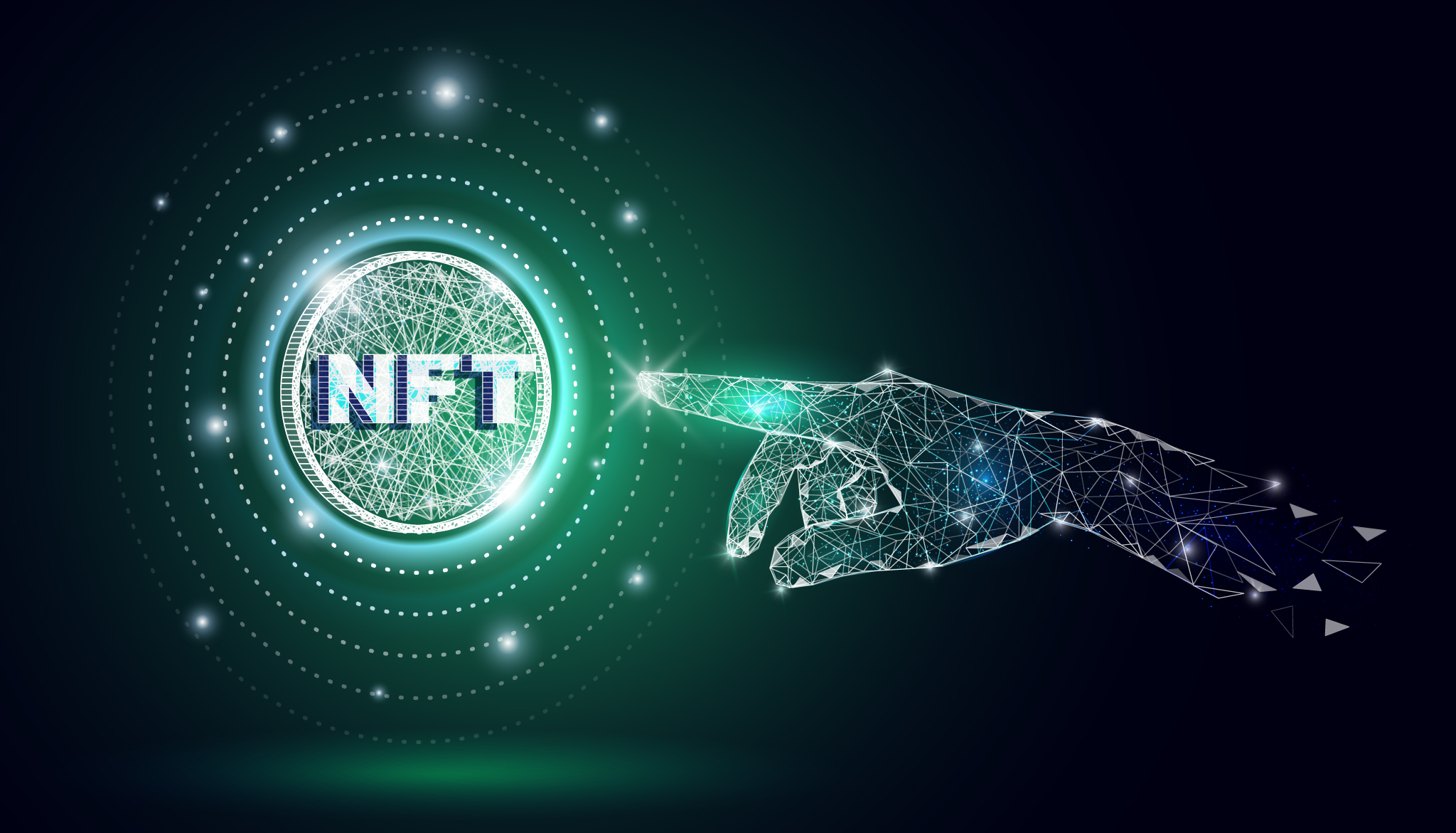In the ever-evolving digital world, one remarkable technology has taken center stage, captivating the interest of creators, collectors, and investors worldwide.
Say hello to the fascinating world of Non-Fungible Tokens (NFTs), a game-changing concept that is redefining how we understand ownership, maximize creativity, and value digital assets. Welcome to the incredible world, where the possibilities are limitless and the future of NFTs holds unparalleled promise.
The Rise of NFTs: A Digital Revolution
NFTs have risen to prominence in recent years, becoming a buzzword in the fields of art, gaming, music, and beyond. You may be wondering what a digital NFT is. A digital NFT is, at its core, a one-of-a-kind and indivisible token that signifies ownership of a specific digital asset, such as a work of art, a collector object, a virtual property, or even a video clip.
NFTs, compared to typical cryptocurrencies, cannot be exchanged one for one because each token has its own unique worth and identity. But how precisely do NFTs work, and what distinguishes them from the rest of the digital realm? Let us explore deeper into this interesting universe to discover the mysteries of NFTs.
The Inner Workings of NFTs: From Blockchain to NFT Tokens
The cutting-edge technology of blockchain, a decentralized and transparent digital record that secures and validates transactions, is at the heart of NFTs. This innovative method is critical in assuring the authenticity, scarcity, and traceability of NFTs, giving producers and collectors confidence that their digital assets are unique.
So, what exactly are NFT tokens, and how do NFTs work? NFT tokens are unique cryptographic tokens that are created using smart contracts on a blockchain such as Ethereum. These smart contracts provide NFTs with unique characteristics such as originality, rarity, and immutability.
Embracing NFTs
NFTs have broad applications beyond digital art. In fact, the NFT ecosystem is a thriving and diverse landscape that includes a wide range of use cases from many industries. NFTs are paving the way for unique and engaging experiences in everything from gaming and virtual environments to music and entertainment.
Consider owning virtual real estate in a blockchain-powered metaverse, taking part in play-to-earn gaming ecosystems, or going to virtual concerts with NFT-backed tickets. The possibilities are endless, and with NFTs in cryptocurrency gaining traction, the future of digital ownership is getting more exciting.
The NFT Paradigm Shift
NFT being accepted has recently increased, with renowned artists, celebrities, and major brands embracing this disruptive technology. NFTs are no longer limited to a small group of enthusiasts; they are quickly acquiring widespread awareness and adoption.
The huge potential of NFT technology is being explored by industries ranging from real estate and luxury products to sports and banking. Cardano NFTs, in particular, have seen exponential growth, capitalizing on the blockchain’s sustainability and scalability to establish a robust NFT sector.
NFT Innovations: Ape NFTs, Dynamic Experiences, and More
The innovations within the NFT landscape emerge in conjunction with the NFT landscape. Ape NFTs are an intriguing trend that entails animated and interactive NFTs that attract audiences with dynamic encounters.
Another game-changing development is fractional NFT ownership, which allows for collective investment and increased access to high-value assets. Meanwhile, NFT games have transformed the gaming business by opening up new opportunities for in-game asset ownership and monetization.
The Challenges and Future of NFTs
Despite their immense potential, NFTs also face challenges, such as environmental concerns and copyright issues. As the NFT market expands, the need for eco-friendly NFT initiatives becomes more apparent.
Moreover, the legal implications surrounding NFTs and copyright require thoughtful consideration to ensure fair and transparent practices for creators and collectors alike. But even with these challenges, the future of NFTs remains incredibly promising, with exciting possibilities that will continue to reshape our digital landscape.
Conclusion
We delved into the inner workings, numerous use cases, and revolutionary advancements that define this innovative technology in this compelling study on the future of NFTs. One thing is certain as the NFT industry evolves: NFTs have created a portal to a world of limitless possibilities, where creativity, ownership, and digital experiences intersect.
The NFT revolution is only getting started, and we suggest you join us on this amazing voyage as we navigate the radar of this thrilling landscape.
FAQs
1. What does NFT mean?
NFT stands for “Non-Fungible Token,” representing a groundbreaking innovation in the digital realm. Unlike traditional currencies or cryptocurrencies, NFTs are indivisible and hold distinctive value, making them unique digital assets that cannot be replicated or exchanged on a like-for-like basis. These tokens have opened up exciting possibilities for artists, collectors, and investors, revolutionizing how we perceive and trade digital ownership.
2. What is blockchain NFT?
Blockchain NFT is the fusion of two cutting-edge technologies: NFTs and blockchain. Blockchain, a decentralized and transparent digital ledger, underpins NFTs’ authenticity and scarcity. By leveraging the immutability and security of blockchain, NFTs gain verifiable ownership and provenance, ensuring that each token is an irreplaceable digital artifact, paving the way for a new era of trust and digital asset ownership.
3. What are non fungible tokens?
Non-Fungible Tokens (NFTs) are digital assets that have made waves across various industries, offering a paradigm shift in how we perceive ownership and value in the virtual world. These one-of-a-kind tokens are tokenized representations of tangible or intangible items, ranging from digital art, music, virtual real estate, collectibles, and more. The non-fungible nature of these tokens sets them apart, giving each NFT its distinct identity and scarcity.
4. How to create an NFT?
Creating an NFT involves a creative and technological process that enables artists and creators to tokenize their unique works on blockchain platforms. Artists mint their digital creations into NFTs, often using smart contracts, which establish the authenticity, ownership, and transferability of the asset. This process has democratized the art world, empowering artists to showcase and monetize their work directly to a global audience, while collectors gain exclusive ownership of these sought-after digital masterpieces.


